The Real Peaky Blinders were they real? and if so who were they? There are plenty of great TV dramas about gangsters from around the world, including The Sopranos, Boardwalk Empire, Underbelly, and Gomorrah. The British haven’t had a horse (or even a horse’s head) in the race until recent years. In 2013, however, Peaky Blinders, Steven Knight’s incredible crime drama, premiered on BBC Two. In the end, it would become one of the biggest successes of all time.
Cillian Murphy plays Thomas Shelby, leader of the eponymous mob, in Peaky Blinders, which follows the rise of a familial gang in Birmingham after World War One. This UK television series is violent, stylish, packed with stand-out performances and packed full of bullets fired (and there are plenty of them).
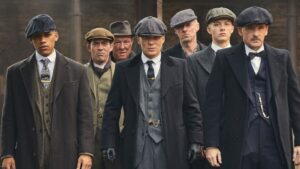
There is a real-life street gang by that same name, which inspired Peaky Blinders. With six superb series already aired on our screens and ending with an amazing final episode, let’s take a moment to see just how much the screen version reflects reality as we look into the real-life story of the Peaky Blinders gang…
Historical Context
In addition to bringing jobs and industry to many British cities, the Industrial Revolution also brought extreme poverty. Many cities like Birmingham reached slum standards in the late 19th century. There was a gloomy mood in the air. Overcrowding and crime increased. Street kids banded together and began stealing mugging, and racketeering. It was soon an all-out war between the gangs, as is so often the case when it comes to gangs.
These gangs included The Peaky Blinders.
However, they were not the first. As a matter of fact, the real-life gang arrived late to the party.
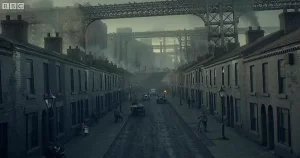
Gang Rivalry
During this crime wave, ‘The Sloggers’ (or ‘The Cheapside Slogging Gang’) dominated Cheapside, Small Heath, and Bordesley areas of Birmingham. With their heavily-buckled belts, they would slog their victims. It took the Sloggers a few years to establish themselves on the streets of Birmingham before the Peaky Blinders began to make their mark.
When the Peaky Blinders grew in status, they faced larger gangs such as the Birmingham Boys and Charles ‘Derby’ Sabini and his mob. In the first and second series of the BBC series. As a matter of fact, the Peaky Blinders had no chance against either and were quickly eliminated. It’s true that the Blinders were tough. However, they were more tough kids than tough guys. There were members as young as 12 and they were known for their rather unglamorous and unscary window smashing.

How did the Peaky Blinders get their name?
The Blinders’ name is derived from a rather famous story. A story that isn’t thought to have much truth to it, like a lot of other famous ones.
During fights, the gang would stitch razor blades into their fabric caps and use them as handy makeshift weapons. This is endearing, if rather grisly, image. However, it’s probably just a fabricated one.
READ NEXT: Gladiator 2 lands late 2024 release date
Carl Chinn, professor of history and expert on the Midlands, explains: ‘Razor blades? They were only beginning to come in from the 1890s and were a luxury item, much too expensive for the Peaky Blinders to have used. And any hard man would tell you it would be very difficult to get direction and power with a razor blade sewn into the soft part of a cap. I can understand why the series producers used the name because it’s infused with gangsterdom.’
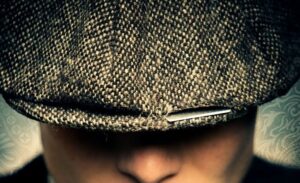
The name is more likely to derive from the peaked hats the gang wore (although the ‘Blinder’ part remains unclear). However, the name stuck The term ‘Peaky Blinders’ has lasted longer than the street gang that coined it. In the early Twentieth century, Blinders’ influence waned. In spite of this, the phrase ‘Peaky Blinders’ was still widely used. Although it became more of a catch-all phrase used to refer to any gang of streets hoodlums from the area.
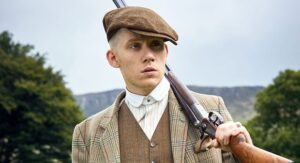
Do the characters represent real people?
Well, sort of, or, to be even more infuriatingly vague – ‘yes and no’. Peripheral characters existed in abundance. Moreover, the gang itself was a real-life entity, as we’re discovering.
But what about the Shelbys themselves? Unfortunately, they’re just the figments of writer Steven Knight’s imagination.
Keanu Reeves 7 Greatest Performances Ranked
There were rivals like Billy Kimber and ‘Derby’ Sabini. Sir Winston Churchill, for instance, did the same. Fans of history should keep an eye out for Sam Claflin in series five, as he portrays the unfortunately-also-true fascist Oswald Mosley.
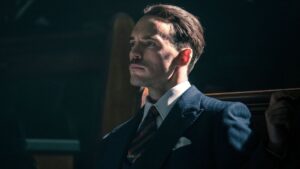
Peaky Blinders’ decline
When faced with bigger, stronger mobs, the gang’s power diminished somewhat. It was inevitable that they would decline. As cities like Birmingham grew and families moved out to newly-formed suburbs, those street gangs were squeezed out. Institutionalized corruption was also crushed by the police in a big way.
READ NEXT: Will we ever get a Popeye movie?
Of course, crime and the gangs that commit it didn’t completely disappear. Over the years, it all evolved and changed. Peaky Blinder-style street gangs grew up after the Second World War. As their crimes became more organized, they retreated into the shadows, becoming less visible.
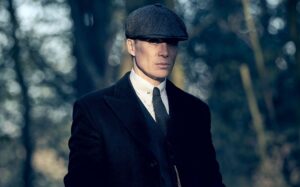
Unlike the likes of Gomorrah or Boardwalk Empire, Peaky Blinders takes a bit of creative license with the lives and crimes of real-life gangsters. We blinders fans don’t really care, they will always live in gangster folklore.
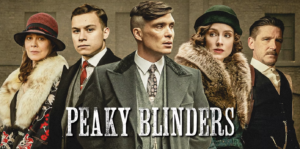
Make sure to follow us over on Facebook & Instagram for more movie news and content and check out the below.
Angelina Jolie kissed and declared her love for her brother during Oscars!
’28 Months Later’ Danny Boyle and Cillian Murphy are close to a third movie

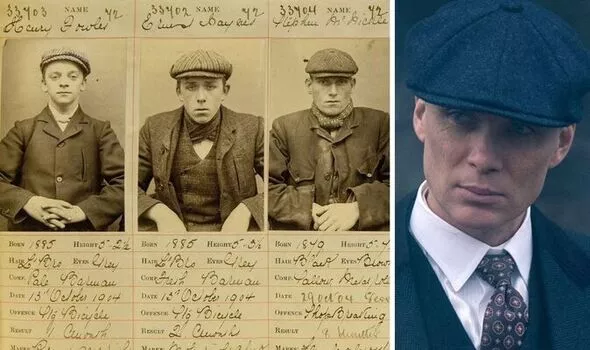


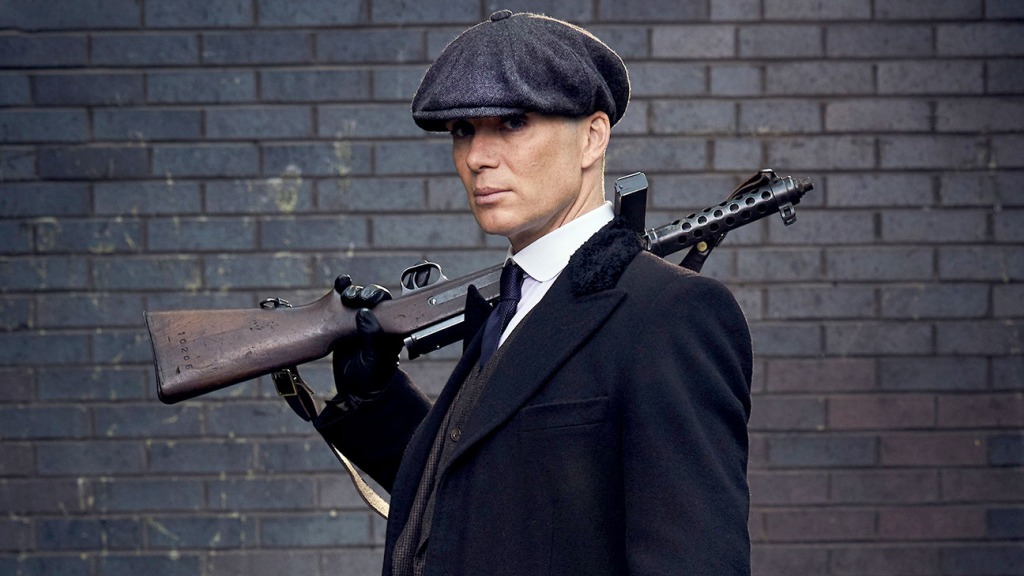






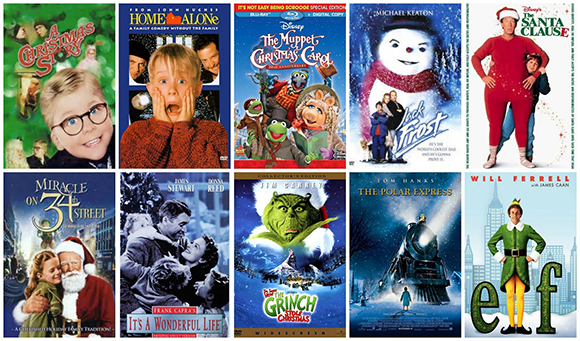
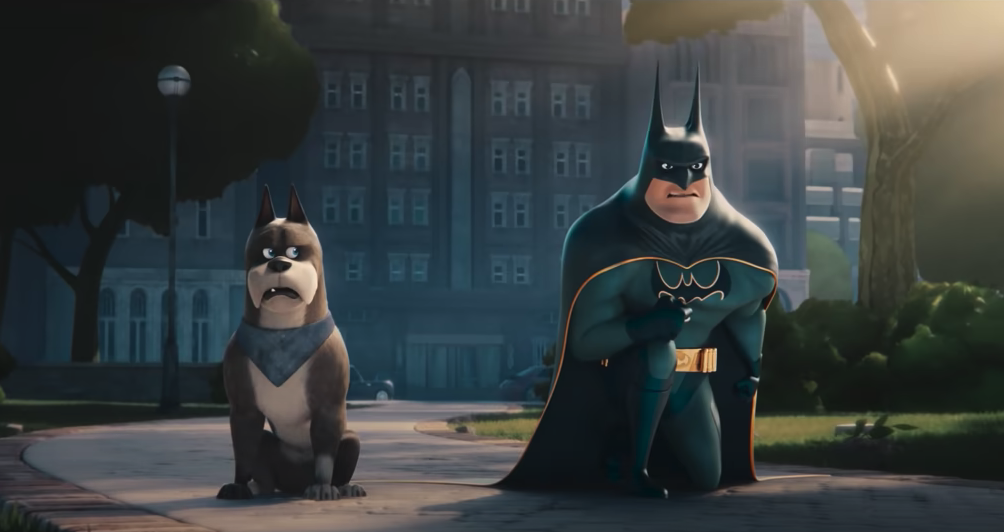
[…] Blinders Movie is on the way! It has been almost a decade since Steven Knight’s gangster show Peaky Blinders first aired on TV. It’s clear that the BBC show has left its mark, from themed gin bars to […]